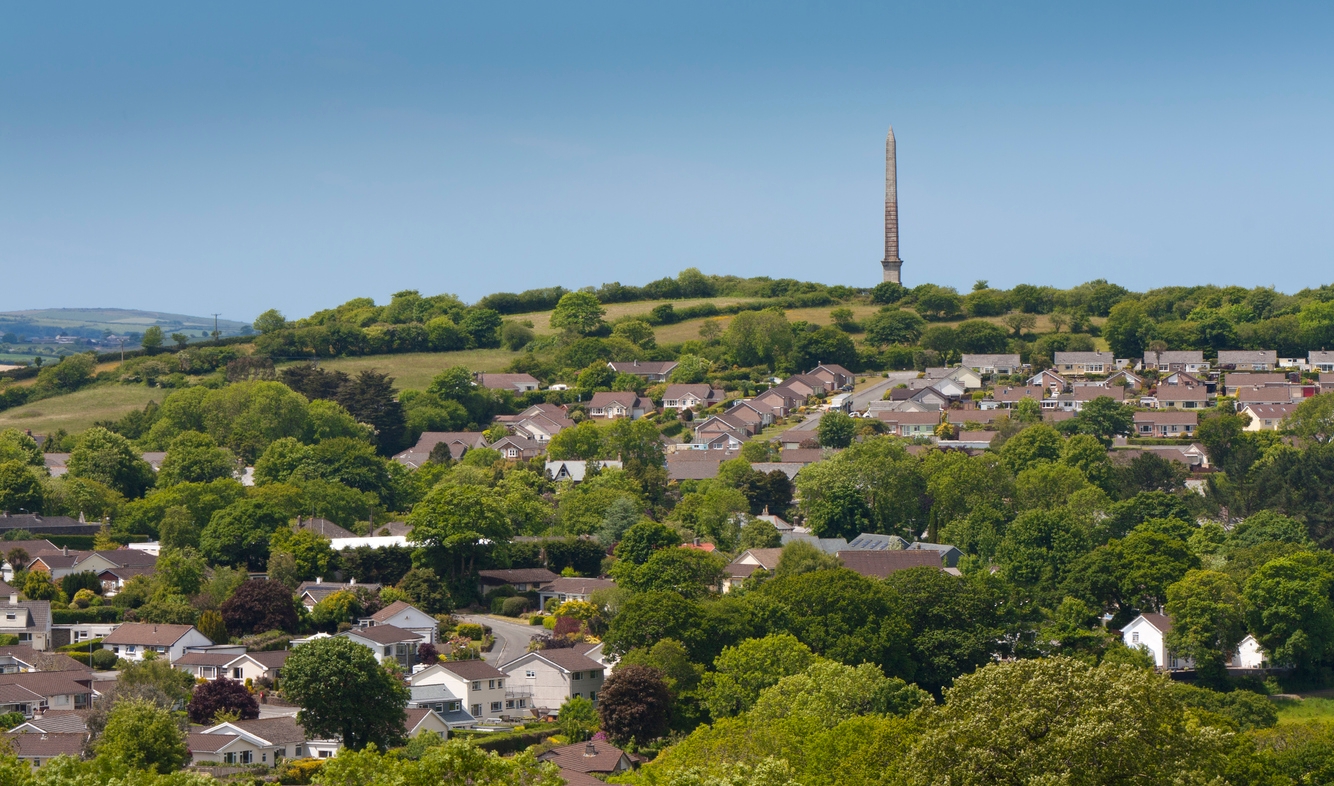The ‘topple the racists’ campaign is on the lookout for its next target. Cecil Rhodes, Robert Clive and even Lord Nelson are on the hit list. But so too is another curious name from the past: Sir Walter Raleigh Gilbert. An army officer in the 19th century, Gilbert led a division of the East India Company responsible for killing Sikhs in the second Anglo-Sikh war. The ‘topple the racists’ website highlights this particular point, whilst providing a postcode (presumably for activists to plug into their sat navs) for the 150ft memorial which looks out over Bodmin.
So should Gilbert meet the same fate as Edward Colston? No, because this nomination requires a more nuanced understanding of history. And while it doesn’t let Gilbert entirely off the hook, it explains something about the build-up to the killings in which he was involved.
The Battle of Chillianwala (one of the two major conflicts in which Gilbert was involved) was ‘one of the bloodiest the British had ever fought in the subcontinent,’ according to British Sikh historians Amandeep Singh Madra and Parmjit Singh. Writing in Warrior Saints: Three Centuries of the Sikh Military Tradition, they say: ‘So bitter was the contest that neither side knew if they had won or lost’. In Soldier Sahibs: the men who made the North-West Frontier, Indian-born historian Charles Allen, writes: ‘Chillianwala is generally accounted a draw, since Gough’s Grand Army failed to break the Sikhs, who were able to extricate themselves with most of their guns.’
This bloody conflict had little to do with exploitation or slavery. It was all to do with empire, guts and glory. Of course, for Sikhs living in 19th century India, Gilbert was an enemy who prevented them from becoming rulers of the subcontinent. But that doesn’t necessarily mean he deserves to have his statue pulled down. As Allen explained to me:
‘My view has always been that the Brits in India at the time were just one of several powers all seeking to fill the vacuum left by the Mughal implosion. It could have been the Persians, the Afghans, the Marathas, the Sikhs, the Brits or even the Mughals but it happened to be the Brits who came out on top. So why judge them any differently from, say, the Mughals?’
Allen is right. The nomination of Gilbert’s memorial, as with others on the hit list, is a perverse and historically illiterate attempt to erase Anglo-Sikh military history. And how would its removal help tackle the very real scourge of racism today? In fact, is it of any relevance to the cause of anti-racists at all?
These are questions those determined to reshape Britain’s civic landscape must answer. Memorials are a reminder of history, which is often both glorious and inglorious. Like those before us, we’ve all been heroes or villains at different points in our lives – and how we’re remembered often depends on who is recounting the story. So who gets to choose which parts of history we keep or discard? If it’s the mob, then count me out. Next time I travel to Cornwall, I won’t be making a special trip to see the Bodmin memorial, but I certainly don’t want to see it removed – it’s a part of British and Sikh history, and I’m part of both.
Read Andy Shaw's handy guide to statue-toppling on Spectator Life.







Comments